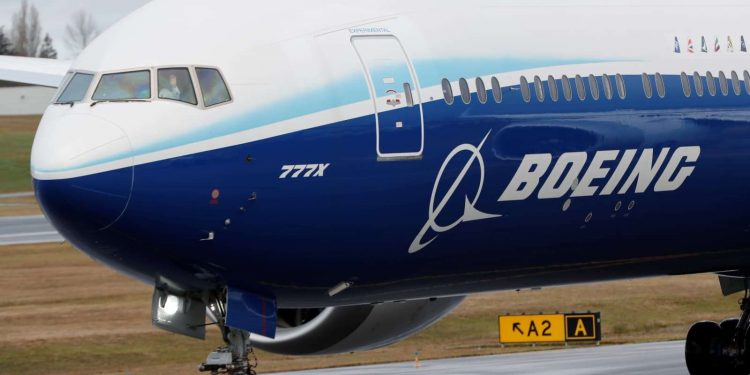Boeing projects a rosy future of growth
Boeing’s annual 20-year jet market forecast, released Tuesday, projects a rosy future beyond today’s grim aviation realities.
Aside from the air travel downturn, the aerospace giant is currently unable to deliver the 787 widebody jet due to quality problems and is only slowly ramping up the 737 MAX after the grounding of that aircraft for almost two years.
Yet the company forecast anticipates a full air travel recovery from today’s steep pandemic-driven downturn by 2024 and then a resumption of long-term demand growth that would double the size of the world’s commercial airplane fleet by 2040.
“This is fundamentally a growth market, and we see it continuing to be that way,” said Darren Hulst, Boeing vice president of commercial marketing, in a press briefing.
And in a statement, Stan Deal, CEO of Boeing Commercial Airplanes, said the “forecast reflects our confidence in the resilience of the market.”
Hulst outlined the current reality with the July air traffic figures released by the International Air Transport Association, a trade group representing the world’s major airlines.
That data shows U.S. domestic air travel has rebounded to 92% of its 2019 level. Globally, domestic air travel is still only at 84% of the pre-pandemic level in 2019.
And international long-haul traffic, held back by border restrictions, remains at just about a quarter of the 2019 level.
As a result, between 4,000 and 5,000 commercial jets remain parked on the ground worldwide, in storage.
Must Read: Africa received $105.6 billion worth of cryptocurrency in one year – Report
Yet Boeing believes that the recovery of domestic air travel will be replicated eventually in the long-haul flying market as confidence in health measures returns and border controls are lifted.
Hulst noted that “the global economy is trending back to where it would have been had the virus not actually happened.”
Since Boeing’s market analysts see air travel eventually tracking back to the global economy, they therefore project a full domestic air travel recovery to 2019 levels in 2022. For regional international air travel, the full recovery is projected for 2023. And long-haul international air travel is anticipated to recover by 2024.
After that, Boeing forecasts a return to the long-term growth trends it has seen for decades based on general world economic growth, so that both passenger and air cargo traffic will over the next two decades average 4% growth per year and the world’s fleet of commercial airliners will grow at an average of 3% per year through 2040.
With those assumptions, Boeing comes up with the world airplane fleet growing from its 2019 level of 25,900 jets by 2040 to 49,405 jets.
“Overall, the fleet will just about double,” said Hulst.
One fifth of that 2040 airplane fleet will be flying in North America, a fifth in Europe, a fifth in China, a fifth in the rest of Asia, and the last fifth in the remainder of the world, Boeing projects.








